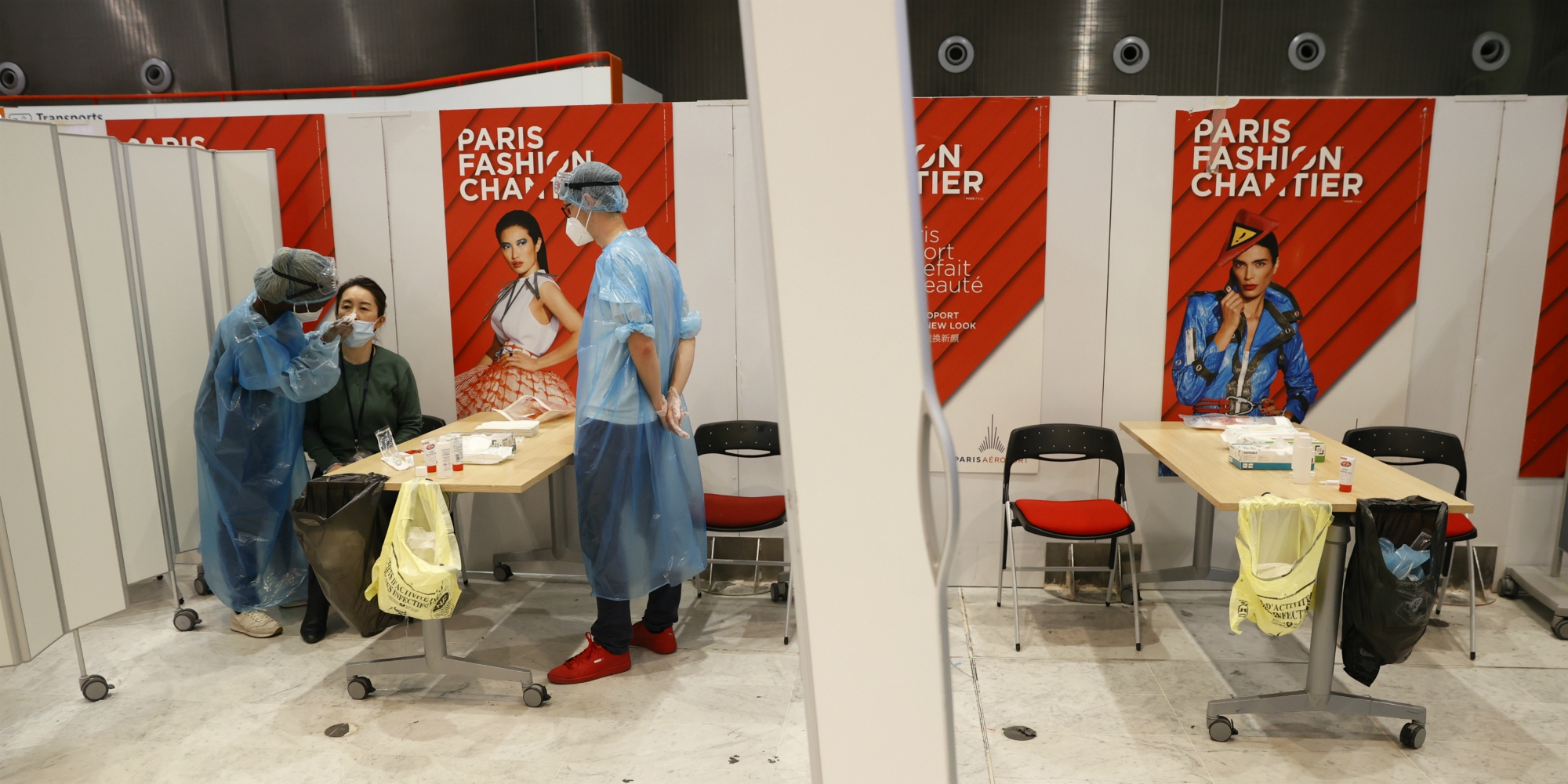The Covid-19 continues to circulate in France and the increase in resuscitations has also been observed in recent days. To fight against the coronavirus pandemic, France has established a red list of sixteen countries at risk: Bahrain, United Arab Emirates, United States, Panama, South Africa, Algeria, Brazil, India, Israel, Kuwait, Madagascar, Oman , Peru, Qatar, Serbia and Turkey.
>> LIVE - Coronavirus: follow the evolution of the situation Thursday August 6
Travelers returning from these areas will be required to present a negative Covid test. If they cannot be tested before their departure, the sample will be taken at the airport, on French soil. If the test is positive, the traveler will have to remain in isolation for 14 days. But this isolation is done on a voluntary basis and is not compulsory.
Another problem: if a traveler returns from a country at risk by making a stopover in another country of the European Union, he will not be obliged to present a test. "Ideally, we should go to the end of the process and control any person who crosses the border from a country at risk", estimates Jean Paul Stahl, professor of infectious pathologies at the CHU of Grenoble, at the microphone of Europe 1. According to him, controls are not sufficient.
>> READ ALSO - Tourism: will the disaster scenario be avoided?
For travelers arriving by train, no test is required at this time. The SNCF launched an experiment on July 21 to take the temperature of passengers before they board the train. Finally, the last black point of border control: those who travel by car also fall through the cracks.

